OPENING 18. OKT 2024 / 17h

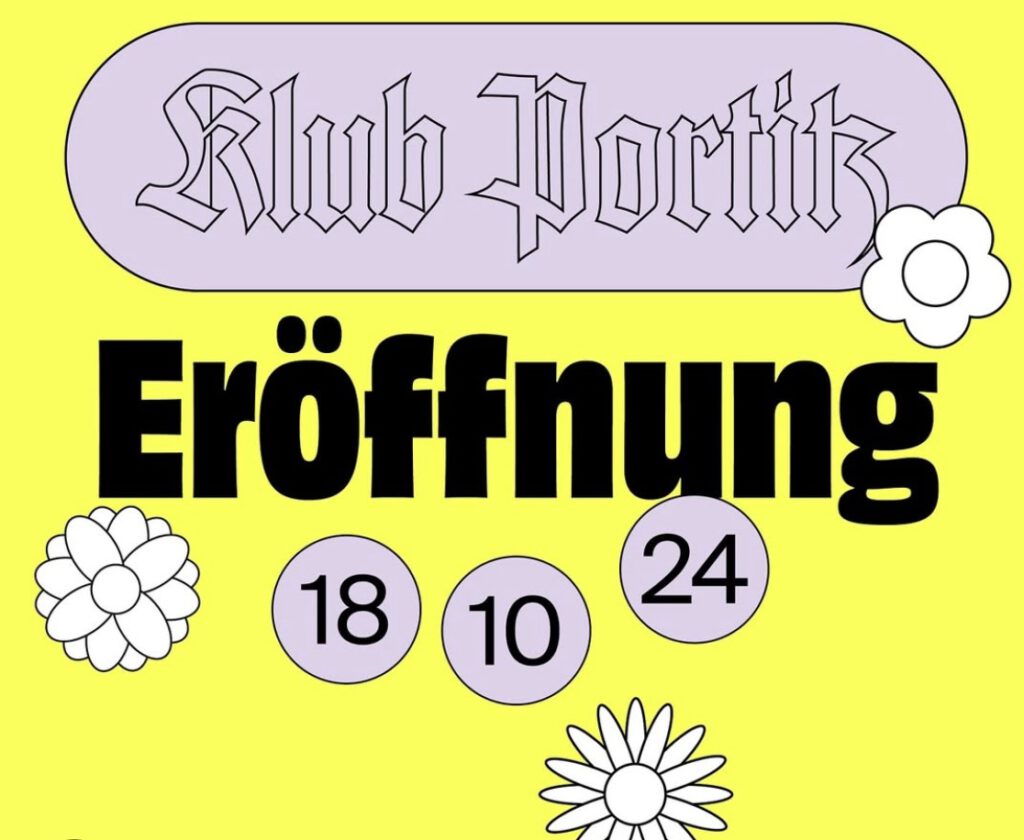
HOUSEWARMING with Mara Heuer, Viktor Witkowski, Eric Reh und Anja Heymann
vom 19.10 bis 31.10.2024
Kuration und Organisation
Theresa Rothe
Karolina Kossmann
Fedele Friede
Gezeigt wurden:



HAVE A LOOK, Performance with the objects Nerz I und II, Wolf und Kranz, 1h, 2024
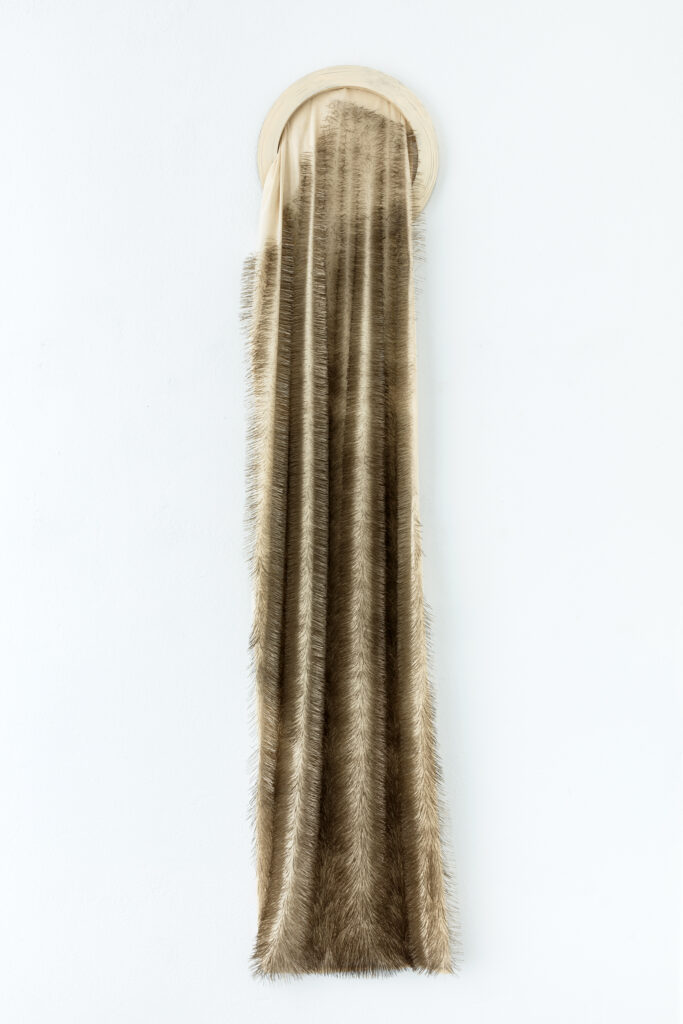
RELIQUE, 222.222 Nadeln, Lenen, Leinwand 30 cm, 2023
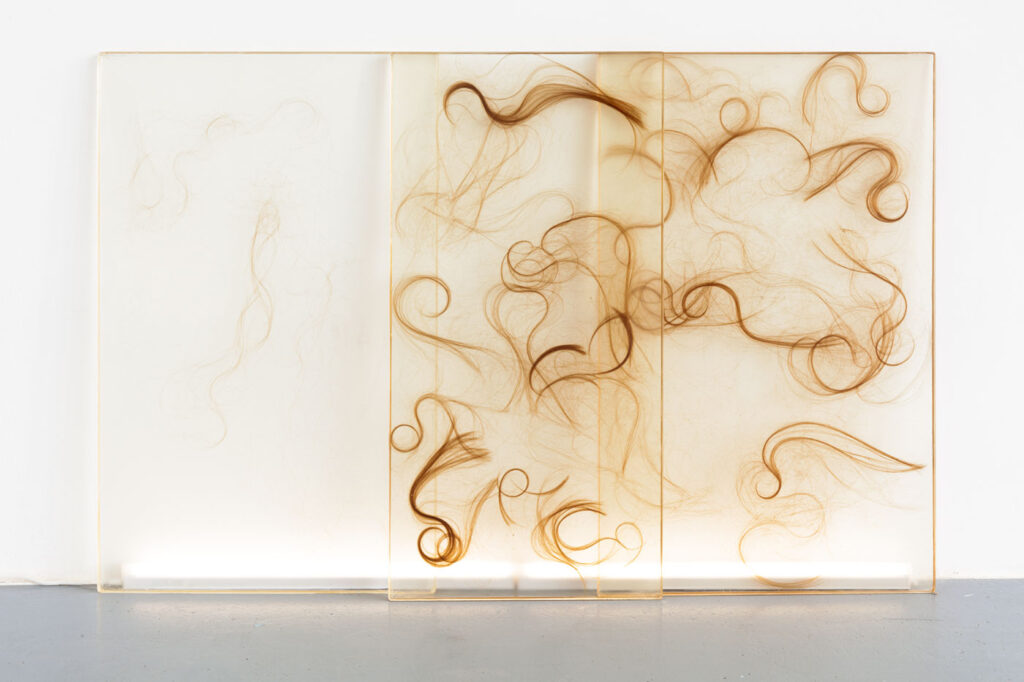
EINGEBETTET (oder wie werd ich zum Fossil) – 60 x 90cm – mein Haar, Giesharz, Neonröhren, 10 Platten, 2020
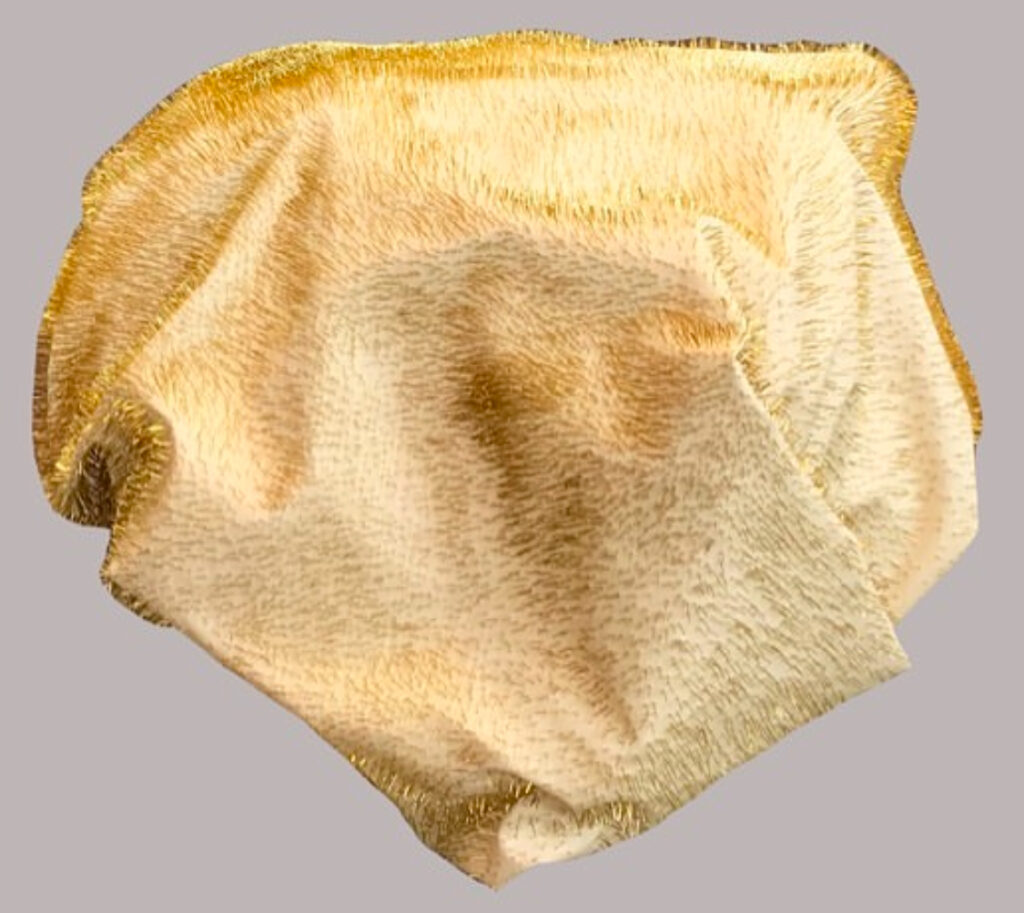
PILLOW, (machs dir nicht zu gemütlich), 90x 100 cm, 188.000 goldfarbene Nadeln, Bauschaum, Leinen, 2023
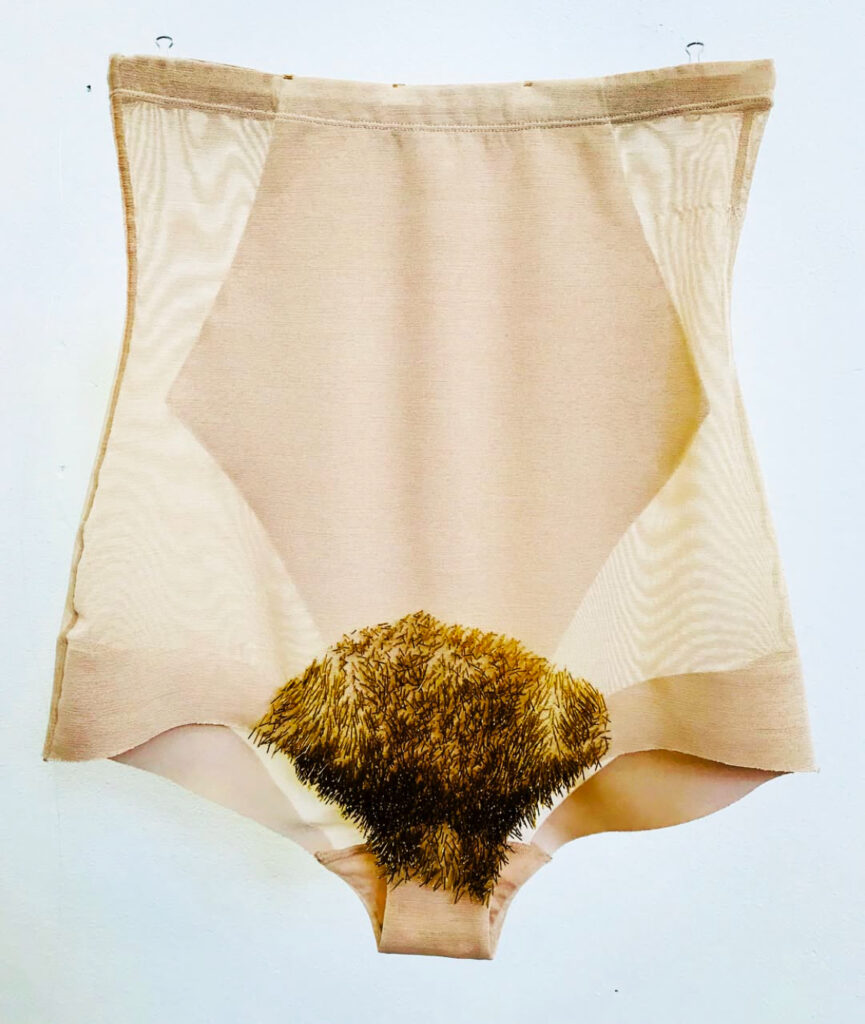
KEUSCH, Objekt, 444 Nadeln, Mieder, 45x43x3 cm, 2017
